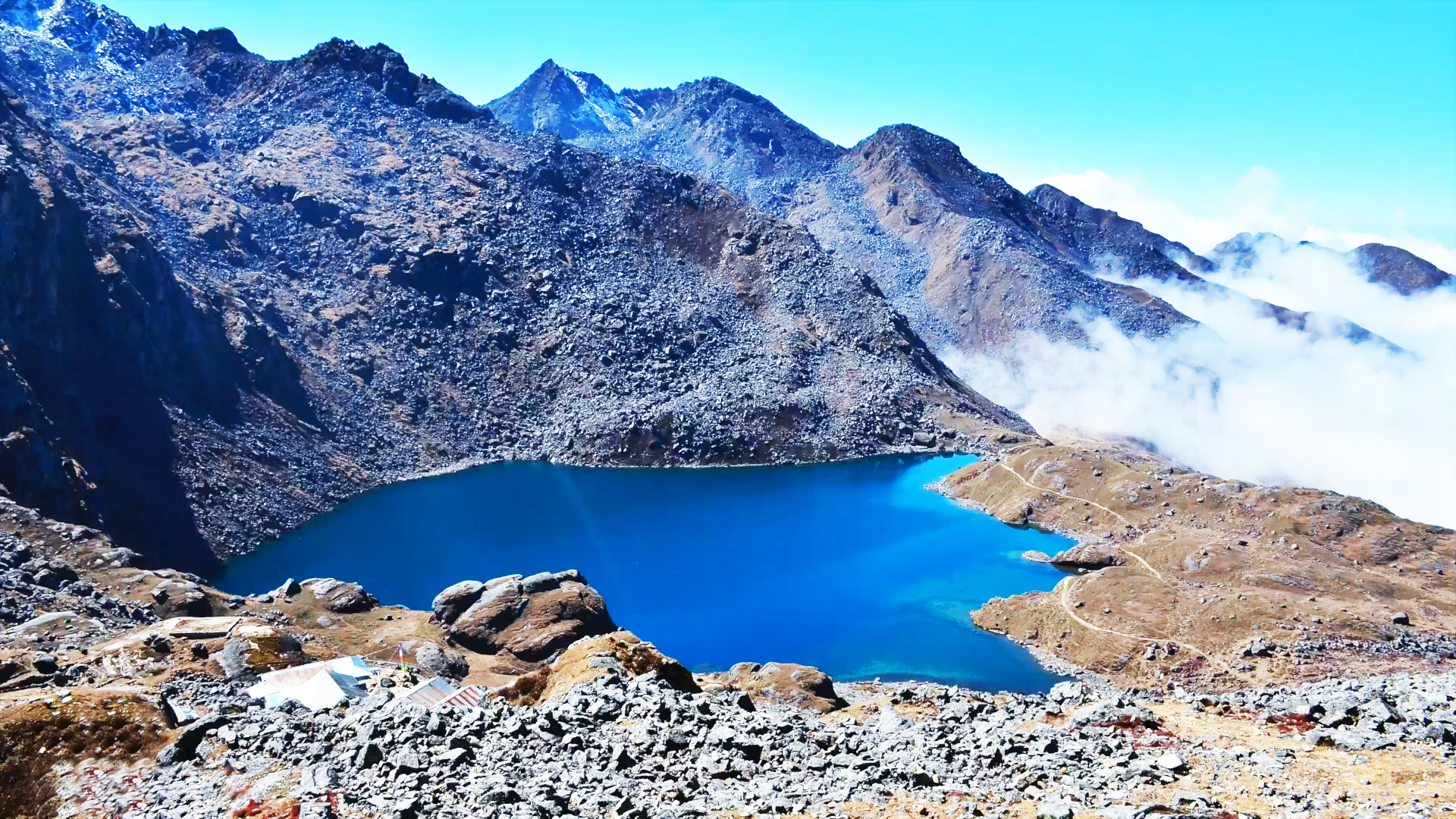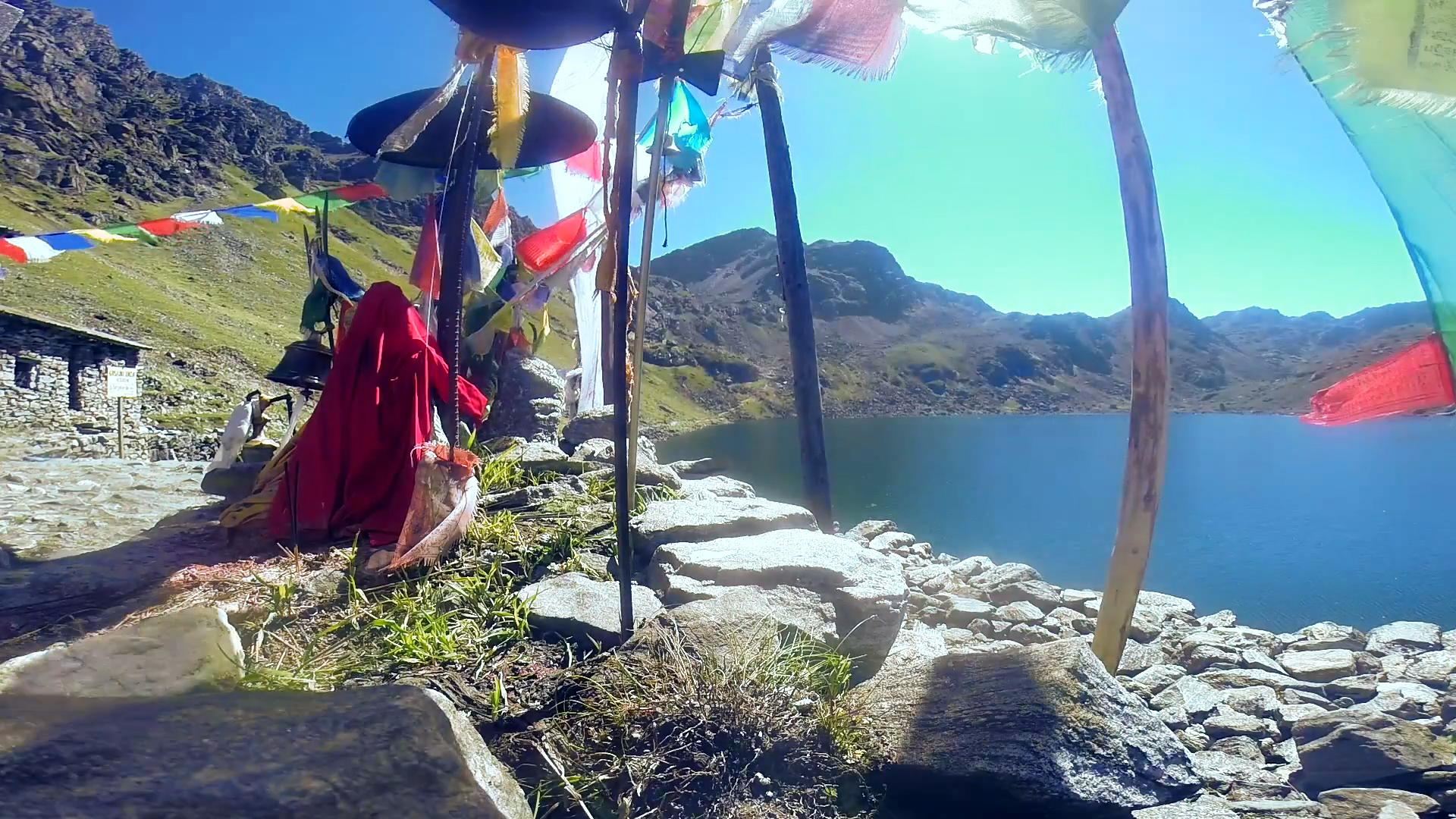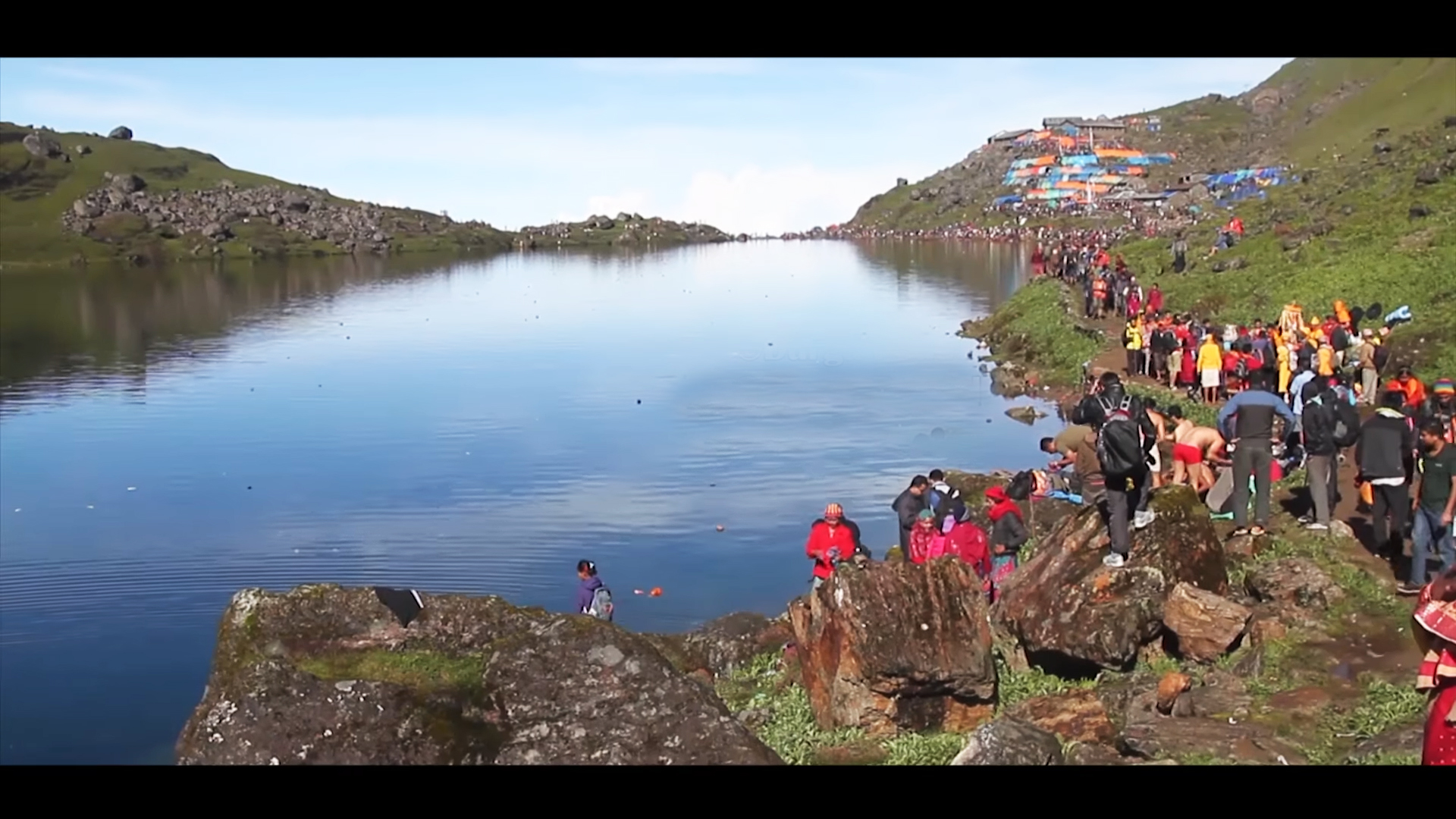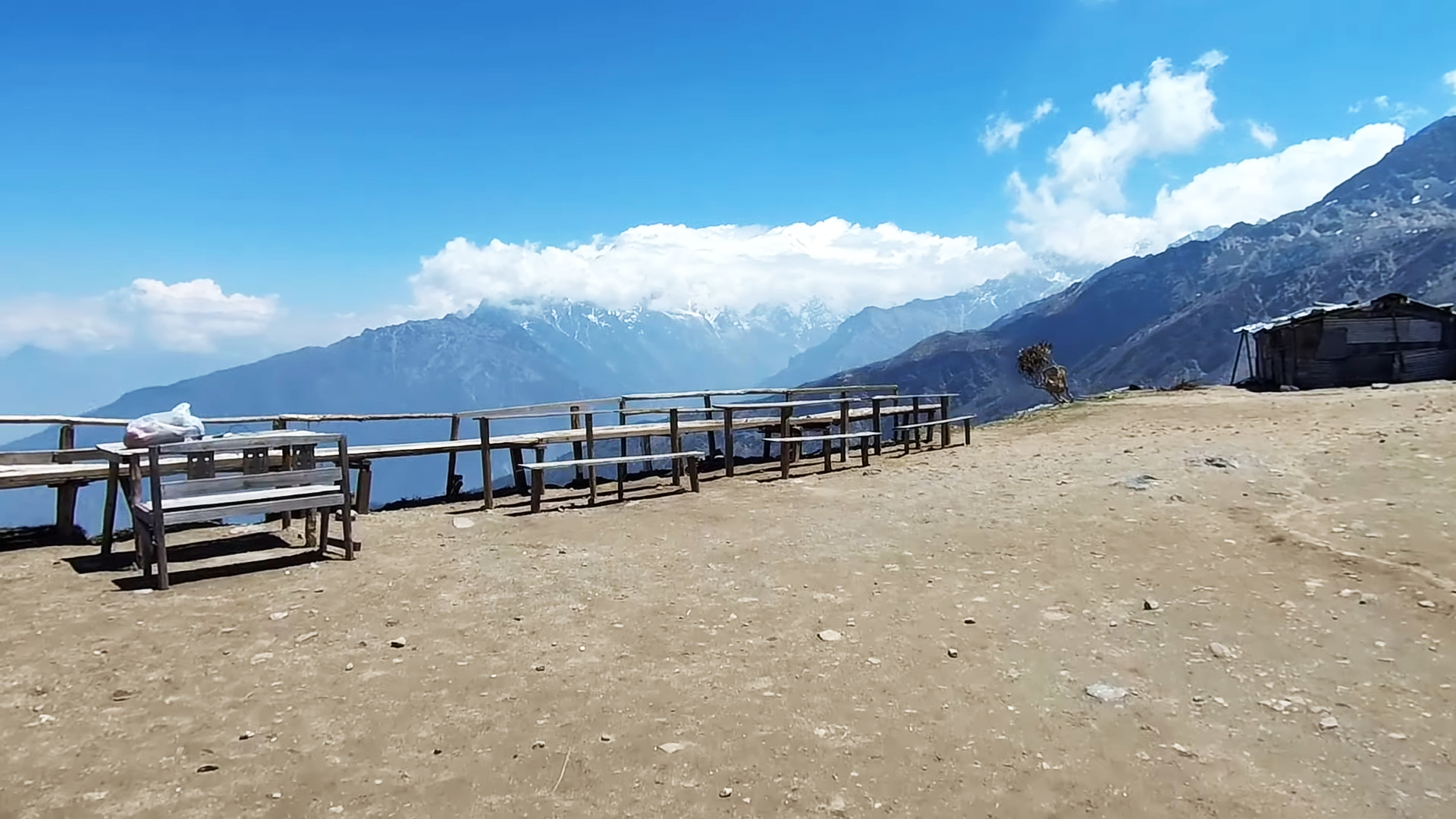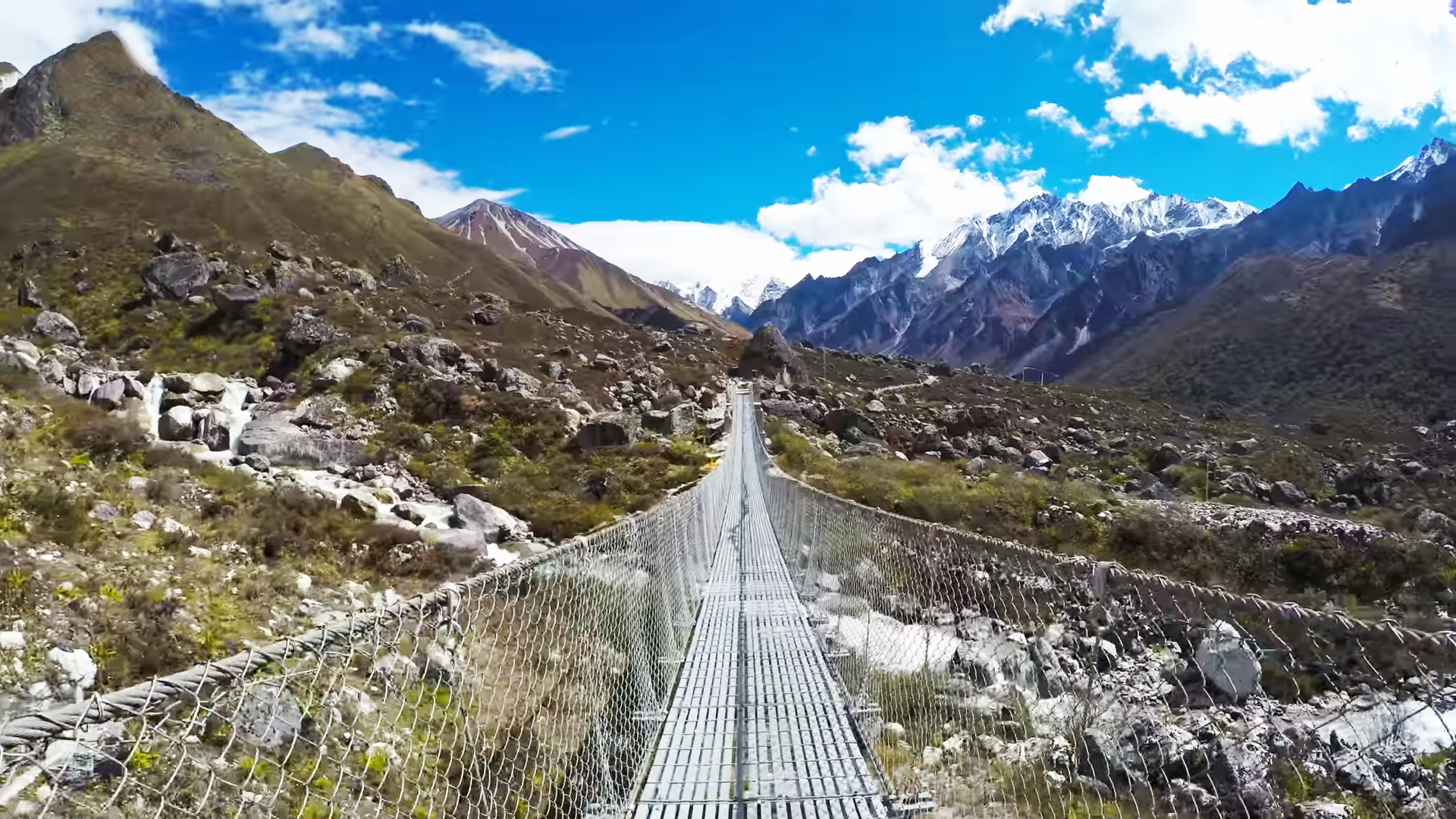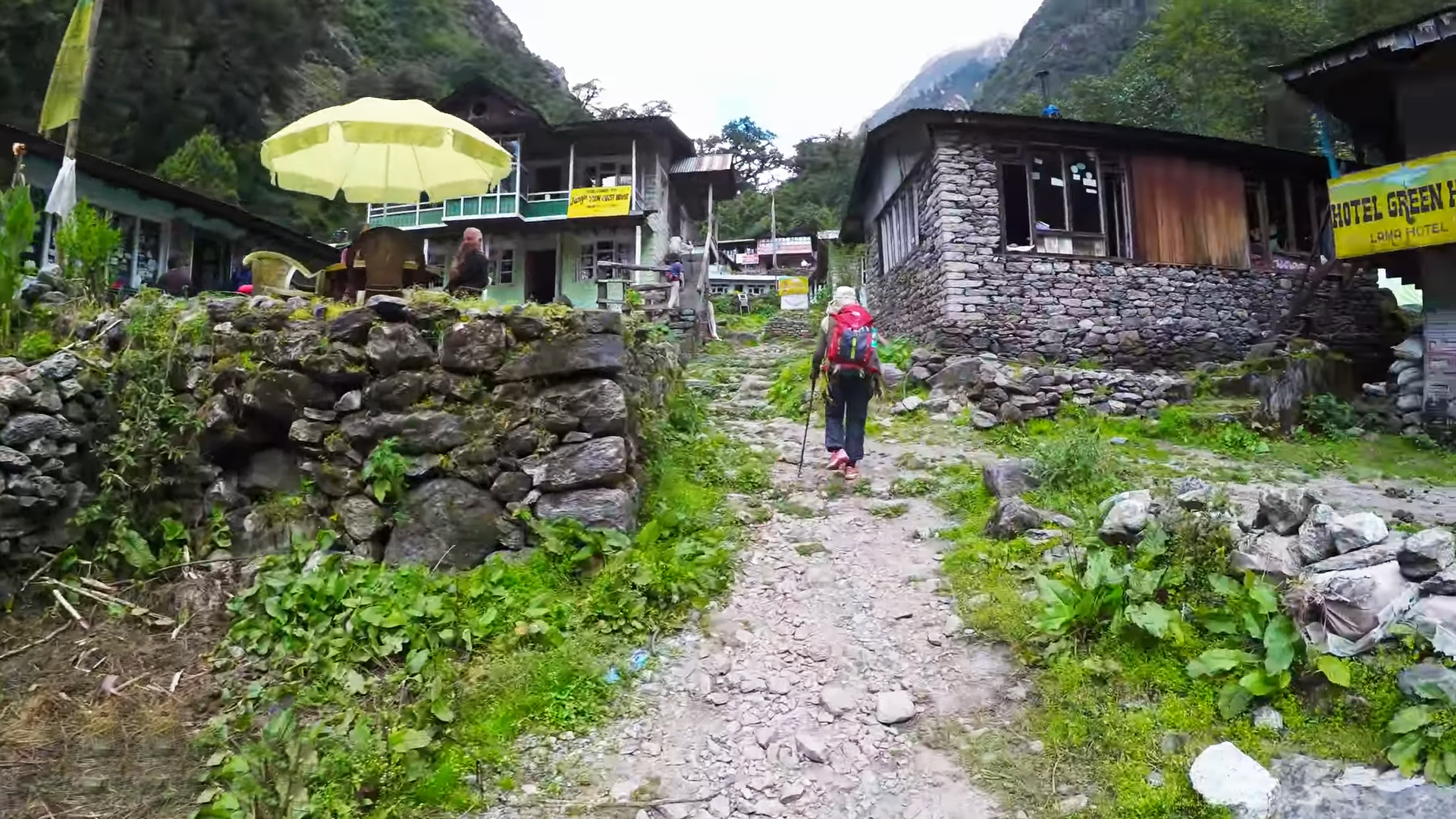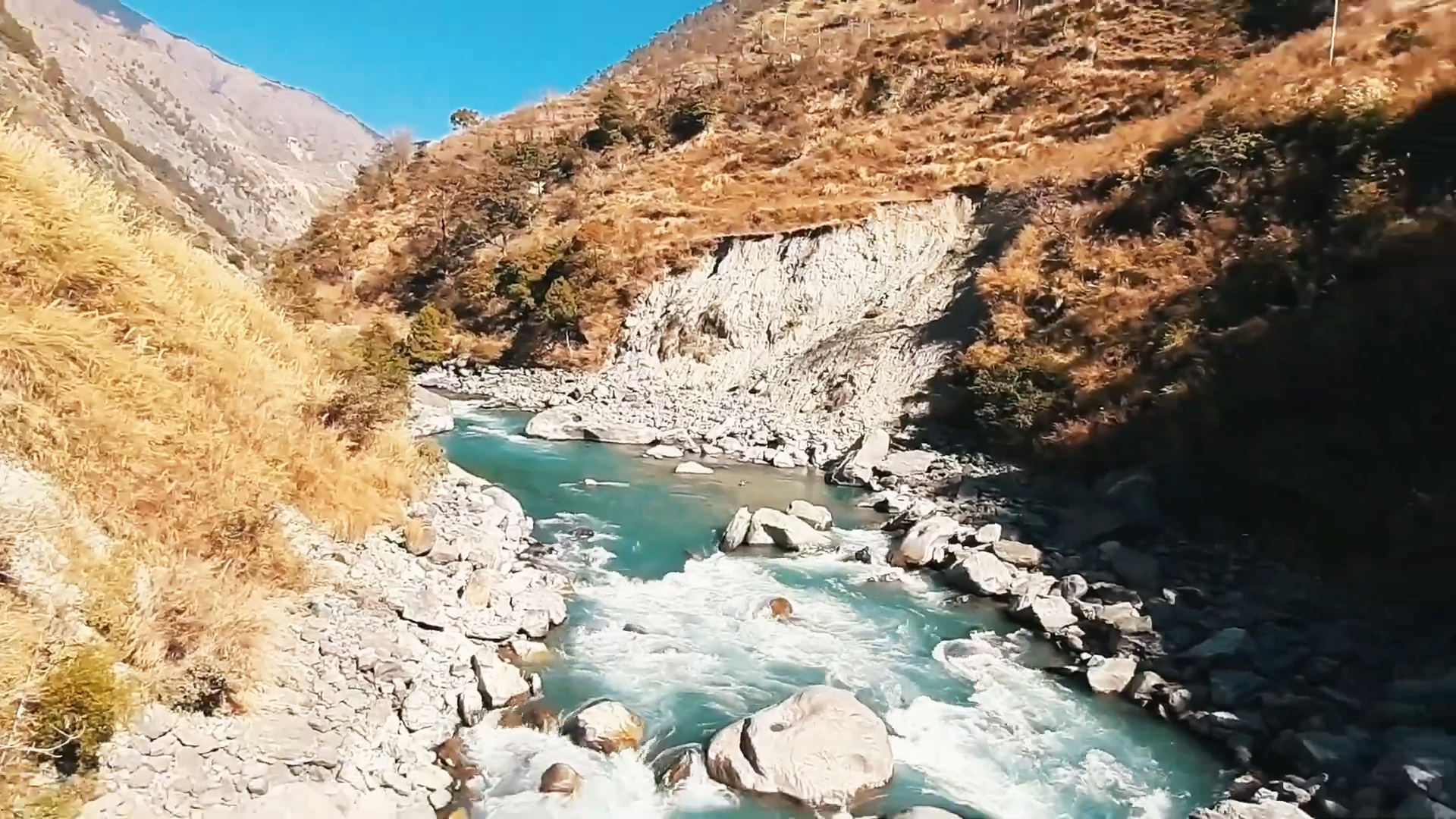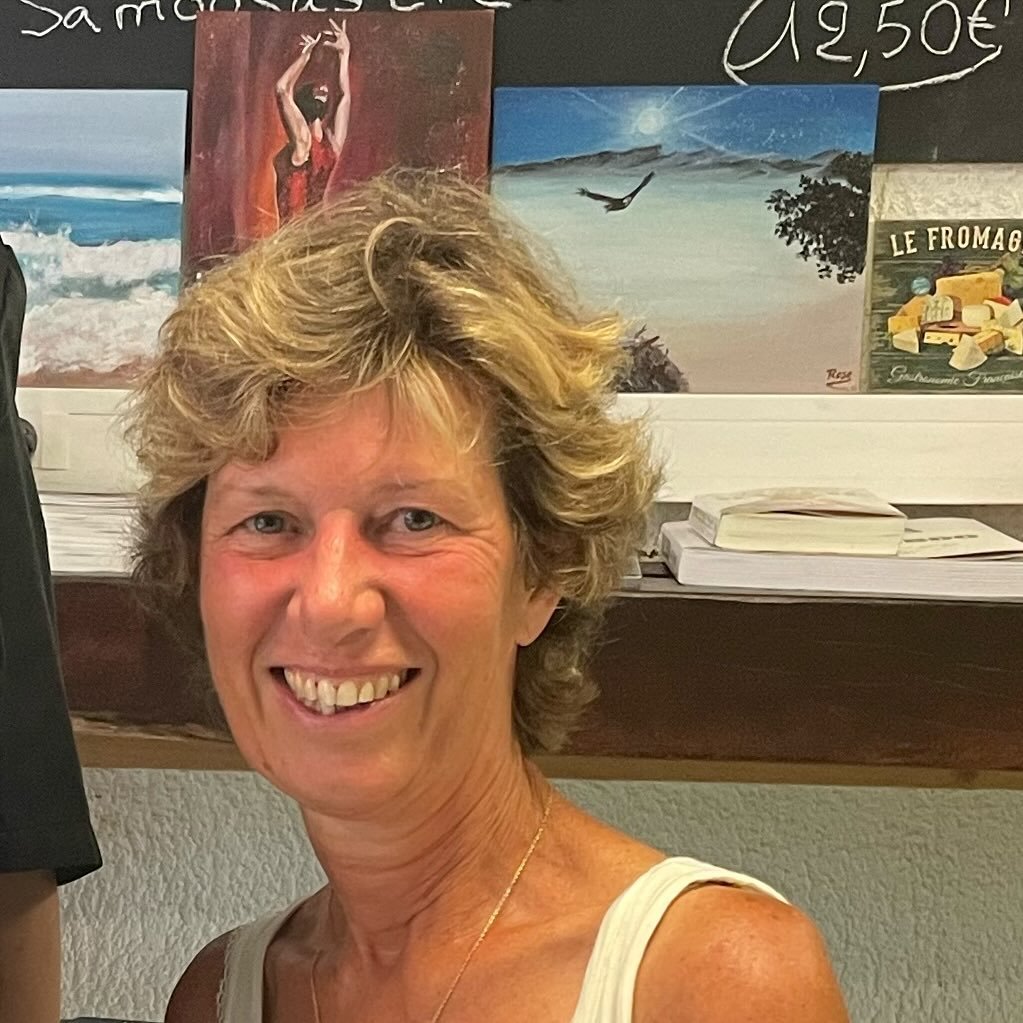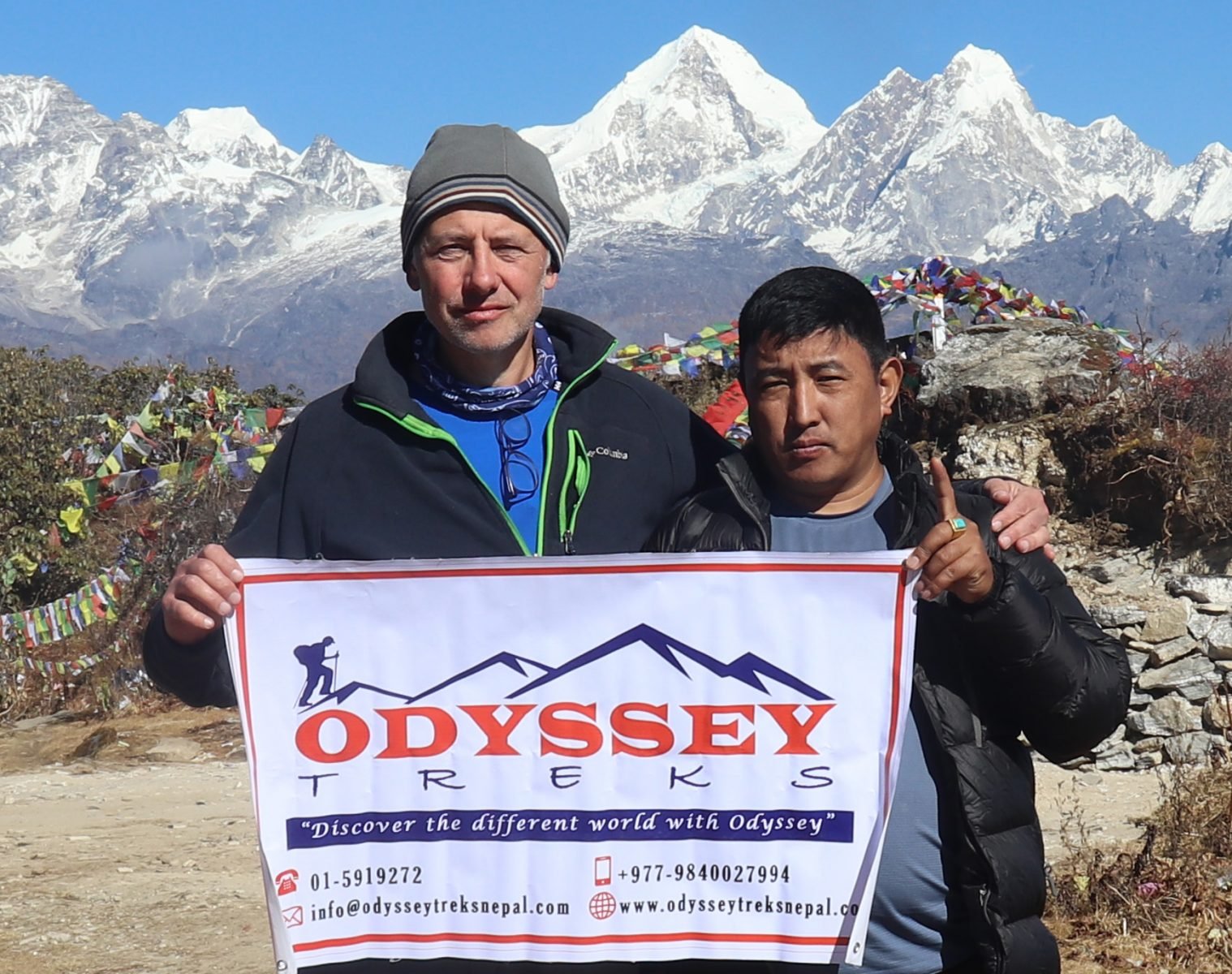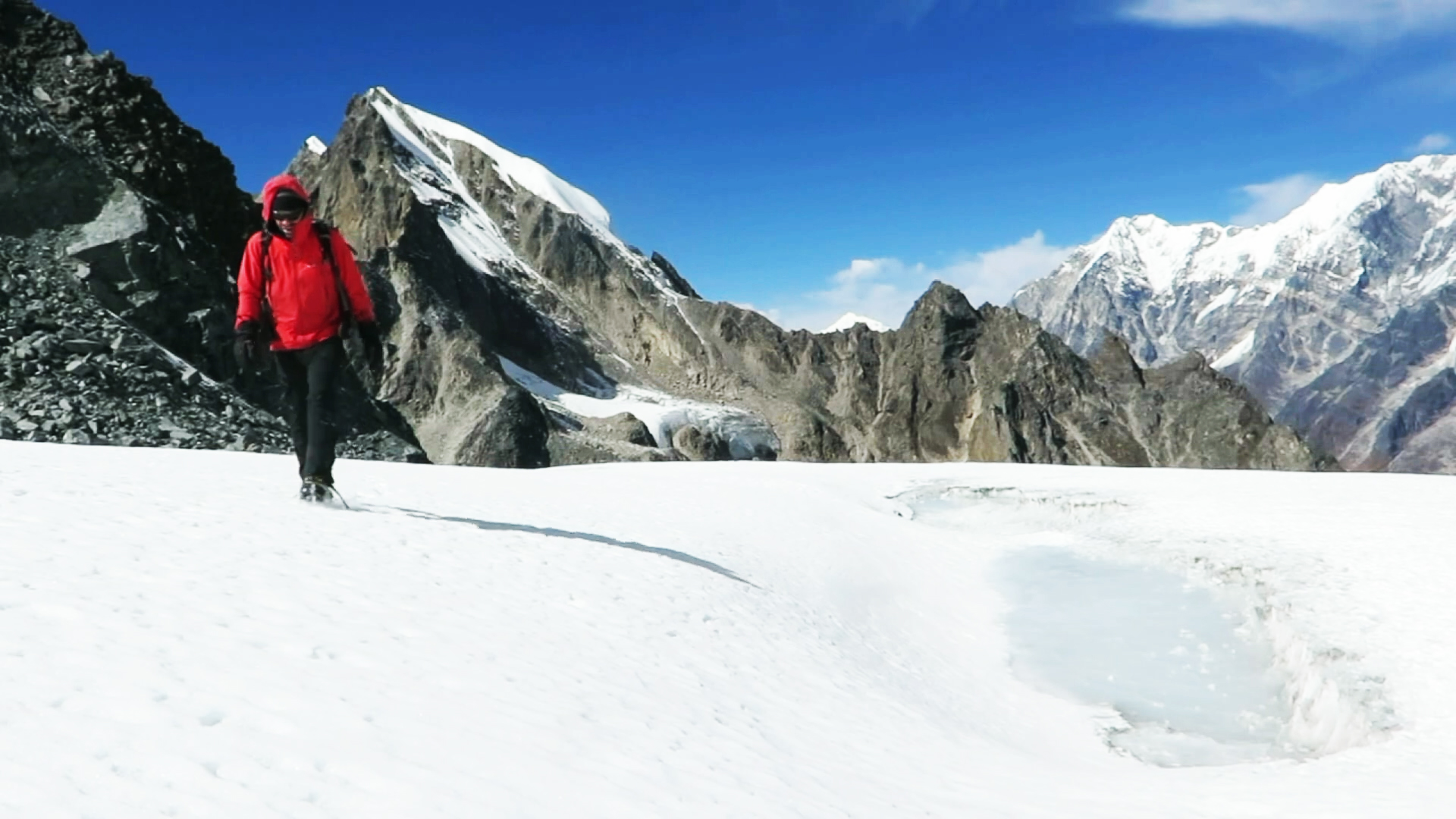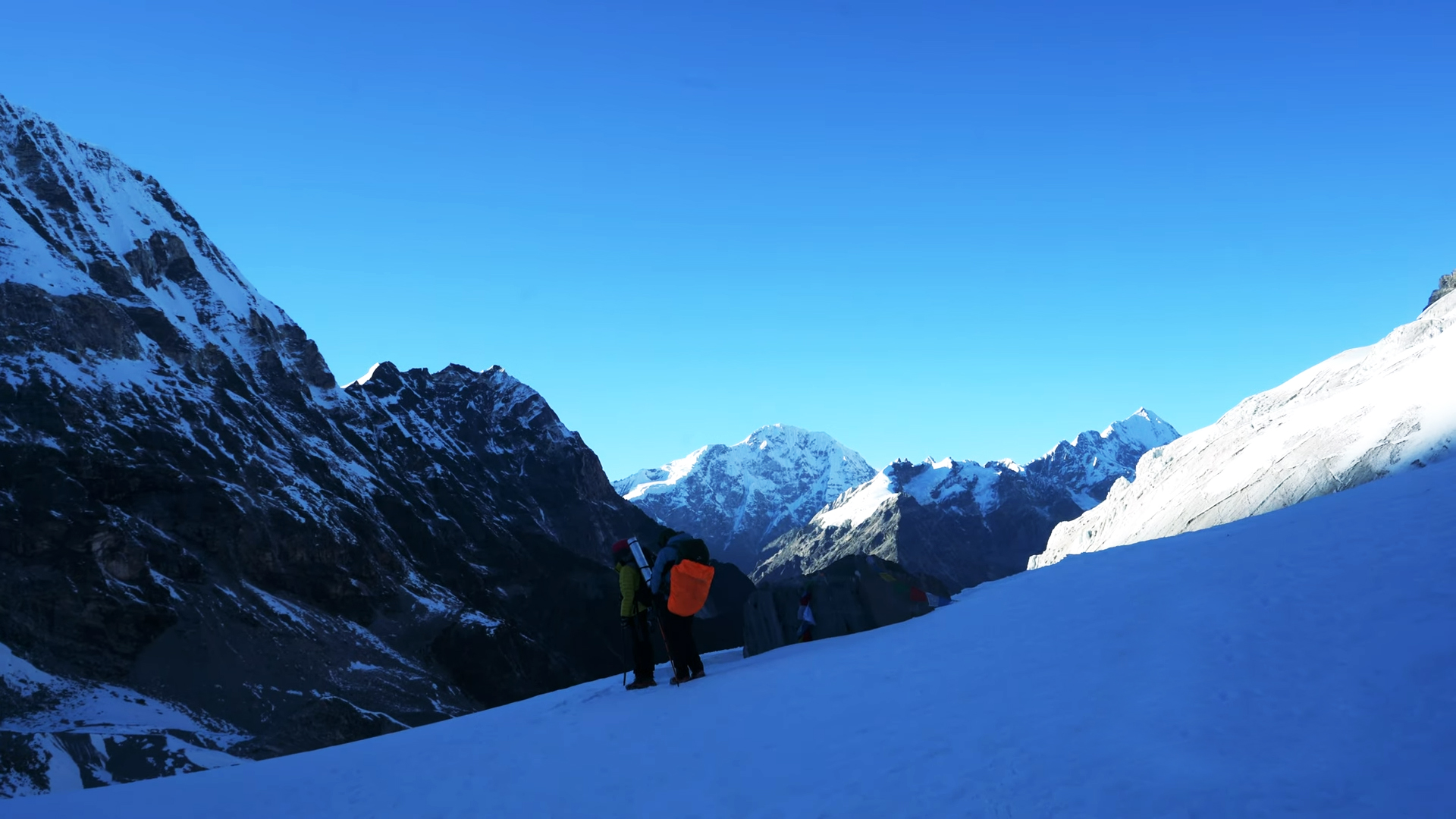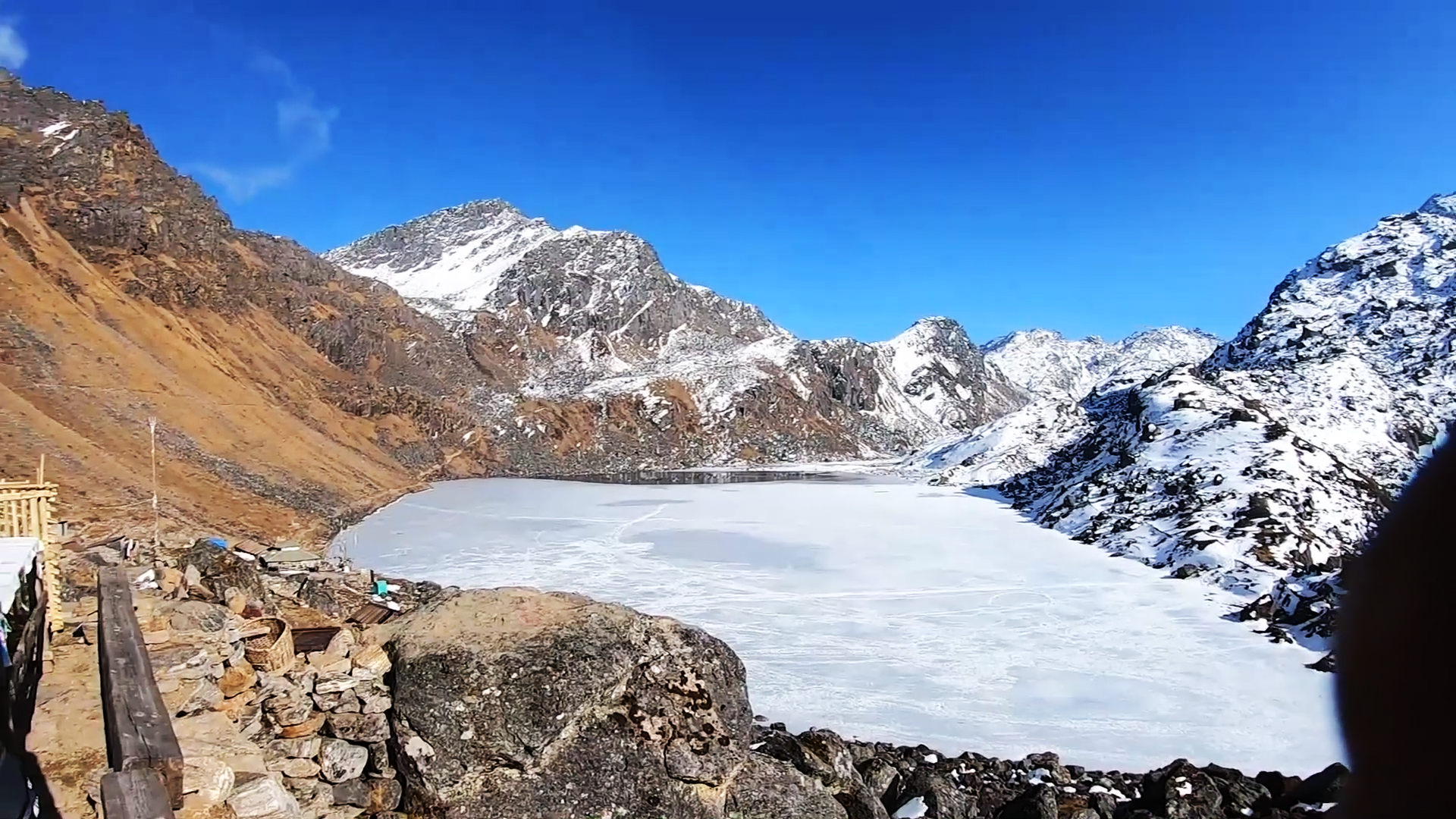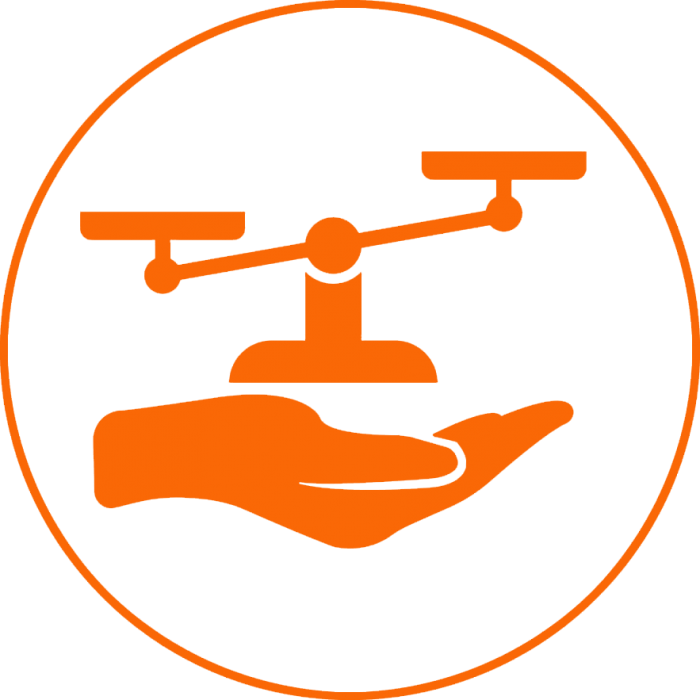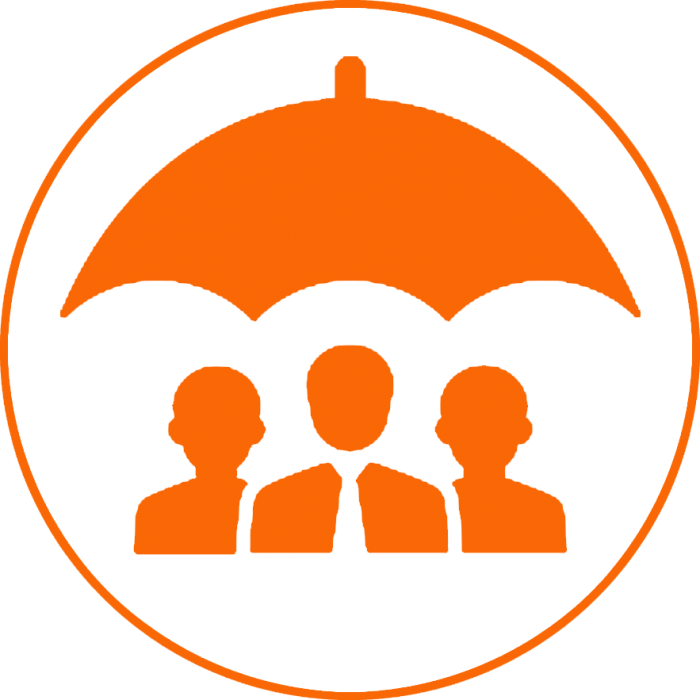Trip Overview
Introduction to Langtang Gosainkunda Trek
Langtang region is the most popular trekking region in Nepal after Everest and Annapurna region. The Langtang Gosainkunda trek takes you to the beautiful valley of Langtang, which is embedded with many blue-colored mountain lakes. The Langtang Gosainkunda trek is not only about the Himalayan lakes; it is a joyful trek that includes Langtang National Park and many other ethnic settlement villages.
Langtang National Park is a park full of natural beauty. We can find many unique flora and fauna protected inside this park. The valley between the mountains looks like the most beautiful valley in the world. This narrow valley is located just north of Kathmandu. Trekking offers the opportunity to explore the Tamang villages, climb small peaks, and see low-elevation glaciers.
Walking along the delightful jungles of rhododendrons and bamboo in the park can be an opportunity to encounter the rare red panda and many other animals sheltered in the park. As you continue your journey towards Langtang, you will find Kyanjin Gompa, a cheese factory, and Sherpa village, which are the main attractions of Langtang village. This route will give you the opportunity to experience the whole range of Himalayan topography.
You may like to visit: Island Peak Climbing in Nepal, 13 Days, Itinerary, Cost, Distance
Explore culture, traditions, lifestyle, etc
Reflections of Tibetan Buddhist culture can be found in the Gompa of Langtang. Likewise, you can taste the freshly made yak cheeses at Langtang Cheese Factory. Exploring villages and interacting with people is an opportunity to experience the unique culture, traditions, and lifestyle of the people living in those places.
Trekking at Gosainkunda Lake is not only a natural exploration but also a religious activity that will save you from all your sins. This lake is a famous site for Hindu and Buddhist pilgrims. In Sherpa and Tamang villages, we find people with their well-preserved culture, traditions, and lifestyle. Get ready to experience this unique combo of natural glory, Tibetan Buddhist culture, and the lifestyle of people of ethnic groups with Odyssey Treks.
Trip Itinerary
Drive Kathmandu to Syabrubesi (1,550m) - 8 to 9 hours.
Syabrubeshi to Lama Hotel (2,480m) - 6 to 7 hours walk.
Lama Hotel to Langtang village (3,541m) - 6 to 7 hours walk.
Langtang village to Kyanjing Gompa (3,900m) - 3 to 4 hours walk.
Free day in Kyanjing Gompa.
Kyanjing Gompa to Ghora Tabela (2,950m) - 5 to 6 hours walk.
Ghora Tabela to Bamboo (1,980m) – 5 to 6 hours walk.
Bamboo to Thulo Syabru (2,200m) – 4 to 5 hours walk.
Thulo Syabru to Shing Gompa (3,584m) – 6 to 7 hours walk.
Shing Gompa to Gosaikunda (4,381m) – 7 to 8 hours walk.
Gosaikunda to Thare Pati (3,600m) via Crossing over the Laurebina pass (4,600m) – 8 to 9 hours walk.
Thare Pati to Kutumsangu (2,471 m) – 6 to 7 hours walk.
Kutumsangu to Chisapani (2,194 m) - 7 to 8 hours walk.
Chisapani to Sundarijal (4 hours walk) and drive to Kathmandu (30 minutes).
Why not list the price?
Each client's needs may be different. The price of the trip varies according to the size of your group and the service you want. The cost of the trip is calculated according to the type of service and accommodation chosen by our customers.
Each trip is customized to fit the client's needs and group size, so the price of each organized trip is different. Please let us know the service you want and the size of the group. We create trips to suit your taste and travel budget per your requirements. Hope you find our price calculation reasonable according to your needs and preferences.
Frequently asked questions about this trip
How difficult is the trek?
The difficulty depends on where and how long you want to trek. The short trek is easy while the long trek requires some physical fitness.
What is altitude sickness?
Altitude sickness is normally known as acute mountain sickness. This can happen when people rapidly climb up to an altitude of more than 3000 meters. We ensure minimal risk by adding rest to our trekking itineraries. Most people will feel some effects of altitude, some shortness of breath and possibly light headache, this is normal enough. Acute mountain sickness patients are quite different and usually have a serious headache, sickness, and lose awareness. In almost all possible cases there are sufficient warning signs to take action properly. Descending to a lower altitude is usually enough to prevent any further problems.
What type of accommodation is available during the trekking?
There are mainly tea houses and lodges available for trekking and they are usually made using local materials and are very comfortable. These accommodations are often family-run and usually provide single and double rooms. The dining room is on the ground floor and is often on fire. All food will be cooked in order in the family kitchen. Toilet facilities are sometimes separate and sometimes outside. Most lodges provide mattresses and blankets. It's a good idea to always have a sleeping bag, which can be useful, and perhaps an inflatable pillow.
How long do we walk every day on trekking?
Trekking programs are classified into three different categories: soft, moderate and hard. Soft treks are only about 7 days to 10 days in duration. They generally do not go above 4000 meters; you can expect to walk about 4-5 hours each day. Moderate treks are challenging enough and long treks that go to the high hill country. Physically exhausting, this involves trekking along the cliffs of the mountains for about 6-8 hours. Harder treks are longer treks that go farther away from the general abode of trekkers and tourists. These physically challenging treks involve walking for 7- 9 hours each day.
How much weight do I need to carry on the trek?
You carry some of your personal belongings, such as warm clothing, water, snacks, sun block, cameras and more. Generally, these items will be lightweight, from 5 to 10kg (10 to 20 pounds). Our porters are available for other heavy goods and for your information one porter would be sharing by two people. The maximum weight carried by one porter is total 20 kg. this means 10 kg. per person is allowed for the trek. In case if you wish to carry more than this weight then you need to hire additional porters.
What is the best time for trekking in Nepal?
October and November are considered as the best times for trekking in Nepal due to dry season. December and January are also considered good times for trekking but it is extremely cold at high altitudes.
Google Reviews
Guest reviews
Thank you a lot for your organization about my trek. It was a superb experience; all was perfect. Karma is a very nice person and a good guide. I appreciated trekking with Odyssey (a reliable Nepal trek operator). If I come back to Nepal, I will be happy to...
Have just returned from my fourth trip to Nepal and as always Odyssey Treks organized everything superbly. We visited Makalu relatively late in the season and were rewarded with empty trails and amazing weather. Karma was as entertaining, friendly, and informative as ever along with Ang Dawa Sherpa who...

